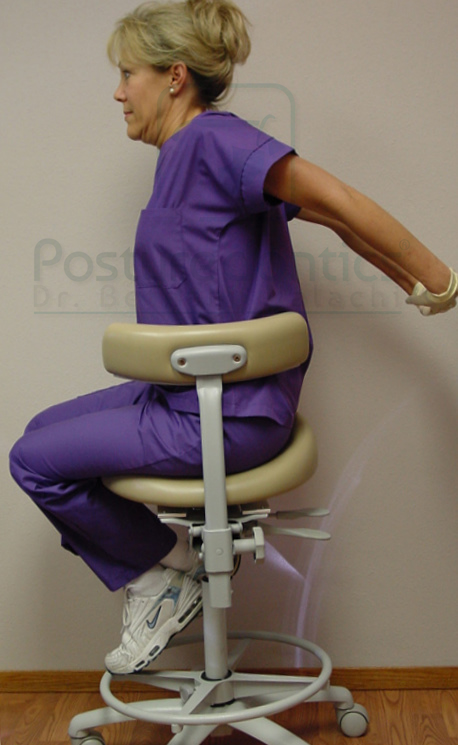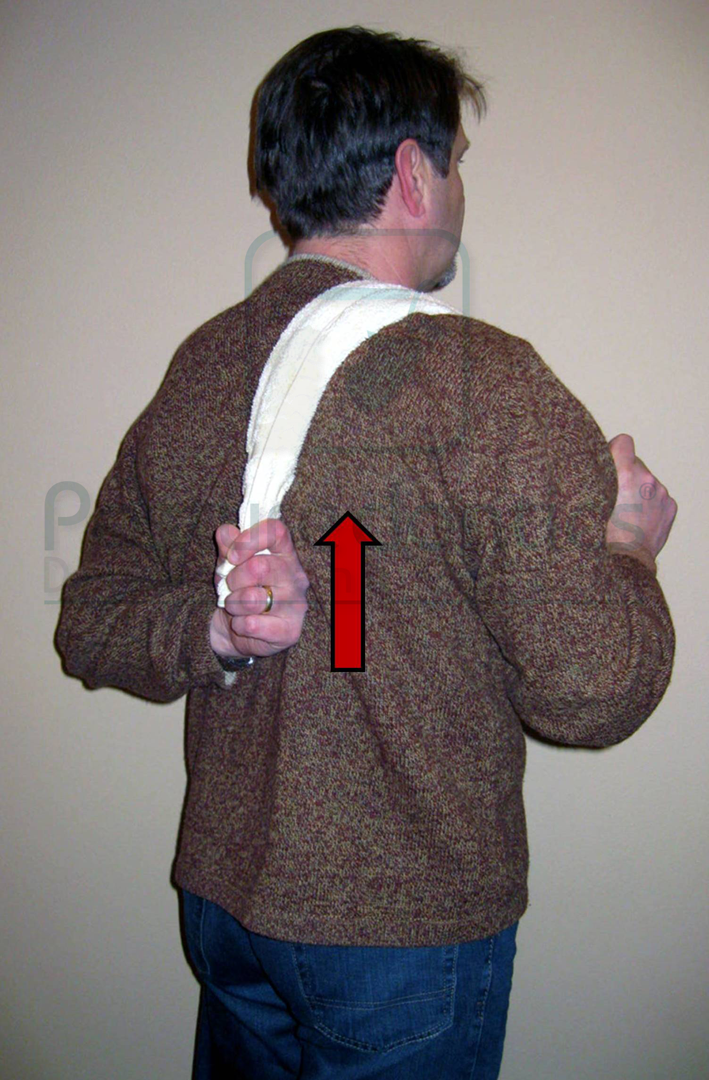How shoulder pain can cripple your dental career
When it comes to shoulder pain, prevention is the best option.

Perhaps nowhere in the body is the phrase, “If you don’t use it, you lose it” more applicable than the shoulder joint.
Frozen shoulder syndrome, also known as adhesive capsulitis, is a gradual loss of movement resulting from tightening of the joint capsule. Although the exact cause is unknown in many cases, evidence points toward poor posture, post-traumatic injury, and lack of movement or exercise as well as a multitude of hormonal and genetic predispositions. In dentistry, the obvious culprits are poor posture and prolonged, static postures.
Symptoms include lateral shoulder pain that worsens when lifting the arm above shoulder level. Sleeping on the shoulder may also be painful. Flexibility gradually worsens and makes everyday activities like fixing hair, fastening a bra or reaching into a back pocket difficult.
More from the author: 3 ergonomic mistakes that could end your dental career
Once it develops, the treatment for frozen shoulder is usually a long and painful rehabilitation, involving aggressive stretching exercises and mobilizations by a physical therapist to regain normal shoulder range of motion. Once it develops, frozen shoulder can take up to three to five months to resolve. Therefore, prevention is the wisest course of action.
To prevent this condition, dental professionals must take time for frequent stretches during the day that move the shoulder into its many end ranges of movement. Extension, flexion, abduction and internal rotation stretches should all be performed frequently during the day. One example of such a stretch is the pectoralis stretch (Fig. 1). Clasp the hands behind the back and slowly bring the arms upward, until a gentle stretch is felt. Hold for 2-3 breath cycles and repeat. At home, a towel may be used behind the back to lift the opposite arm until a gentle stretch is felt (Fig. 2). Hold 2-3 breath cycles and repeat. Never stretch in a painful range.


Fig. 1 Fig. 2
Applying moist heat prior to the stretch will help increase blood flow and improve flexibility. An excellent resource for a quick, microwavable moist hot pack is MediBeads Moist Heat Therapy packs, available at painreliever.com and other sites as well. These packs are also excellent for treating trapezius myalgia.